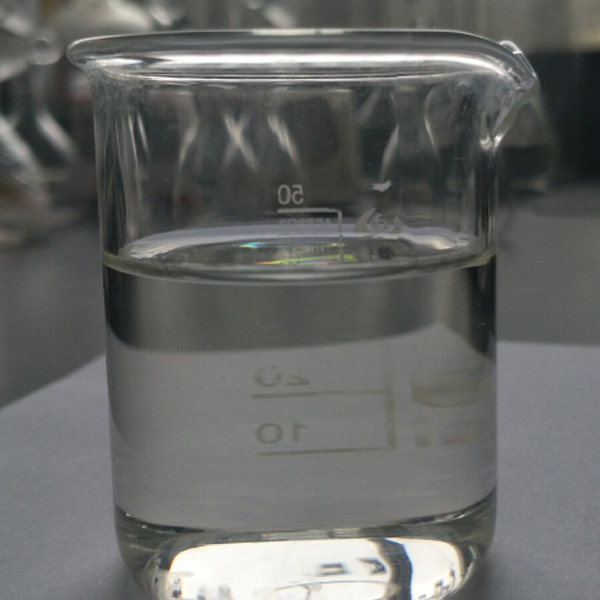
News
Nov . 12, 2024 22:02 Back to list
organic acid chelating agent
The Role of Organic Acid Chelating Agents in Modern Chemistry
Organic acid chelating agents have become crucial components in various fields, from agriculture to pharmaceuticals, due to their unique ability to bind metal ions. These compounds, often derived from natural sources, provide an effective means of enhancing the bioavailability of essential nutrients, playing a vital role in both environmental sustainability and industrial applications.
One of the primary functions of organic acid chelating agents is to facilitate the absorption of metal ions by plants. In agriculture, these agents can enhance nutrient uptake, particularly in soils that are deficient in necessary minerals. For instance, iron, zinc, and manganese are vital for plant growth but can become insoluble and inaccessible to plants in certain soil conditions. By using organic acid chelating agents such as citric acid, oxalic acid, or fulvic acids, farmers can improve the availability of these nutrients, thereby promoting healthier crop growth and increasing yields.
organic acid chelating agent

Moreover, organic acid chelating agents are also important in the remediation of contaminated soils and water bodies. Heavy metal contamination poses significant environmental hazards, and conventional remediation techniques can be costly and ineffective. Organic acids can help to solubilize heavy metals, making them easier to extract from contaminated sites. This bioremediation process not only helps to clean up polluted environments but also reduces potential risks to human health and wildlife.
In the context of pharmaceuticals, organic acid chelating agents play a crucial role in various formulations. They are often used to stabilize metal-based drugs, ensuring their efficacy and safety. The chelation process can prevent harmful interactions between metals and other components of the drug, ultimately leading to a more effective therapeutic outcome.
In conclusion, organic acid chelating agents are invaluable tools across multiple sectors. Their ability to improve nutrient availability in agriculture, aid in environmental remediation, and enhance pharmaceutical formulations underscores their versatility and importance. As research continues to uncover new applications and benefits of these agents, their role in sustainable practices and innovative solutions in chemistry will only grow, contributing to a more efficient and environmentally friendly future.
-
Polyaspartic Acid Salts in Agricultural Fertilizers: A Sustainable Solution
NewsJul.21,2025
-
OEM Chelating Agent Preservative Supplier & Manufacturer High-Quality Customized Solutions
NewsJul.08,2025
-
OEM Potassium Chelating Agent Manufacturer - Custom Potassium Oxalate & Citrate Solutions
NewsJul.08,2025
-
OEM Pentasodium DTPA Chelating Agent Supplier & Manufacturer High Purity & Cost-Effective Solutions
NewsJul.08,2025
-
High-Efficiency Chelated Trace Elements Fertilizer Bulk Supplier & Manufacturer Quotes
NewsJul.07,2025
-
High Quality K Formation for a Chelating Agent – Reliable Manufacturer & Supplier
NewsJul.07,2025
